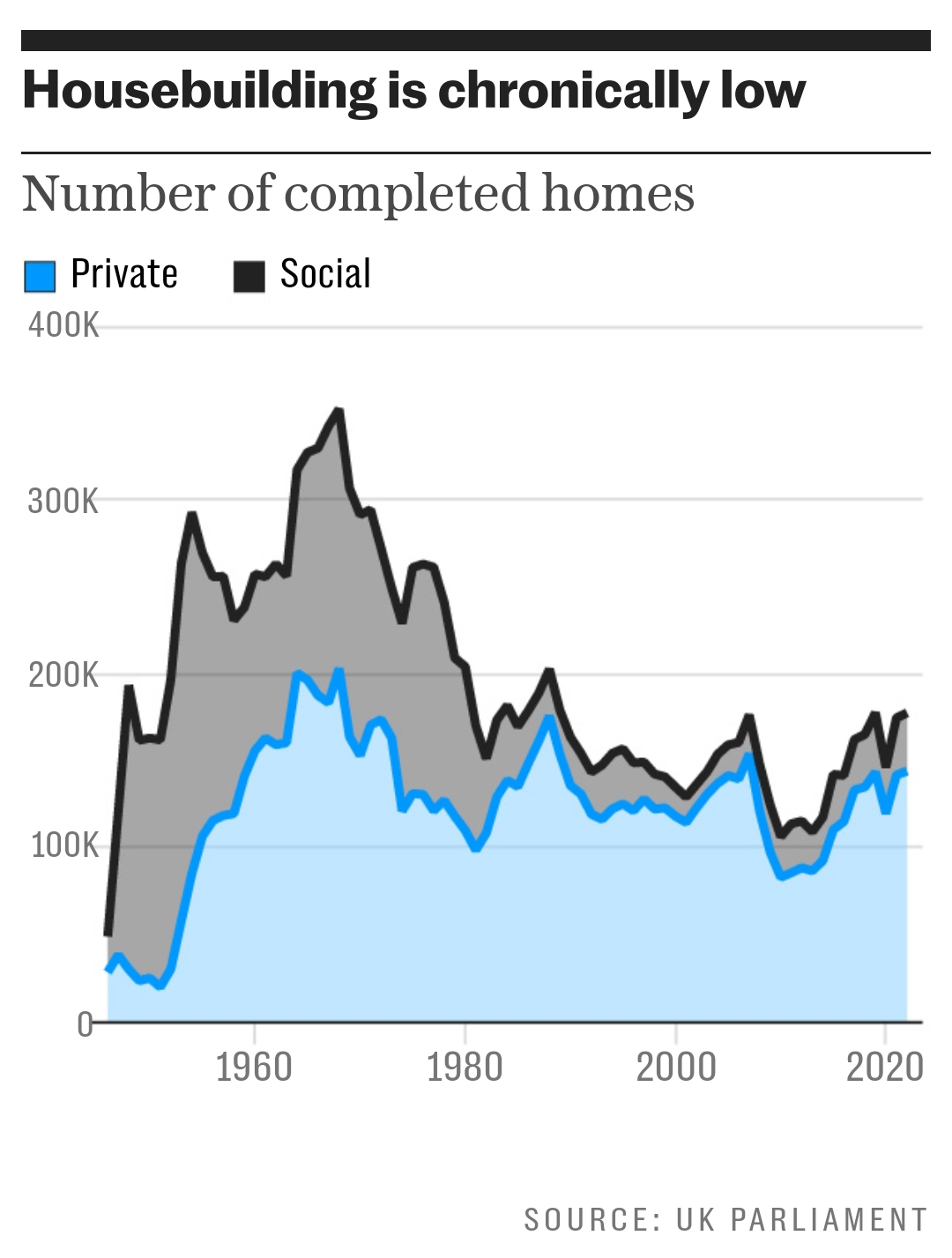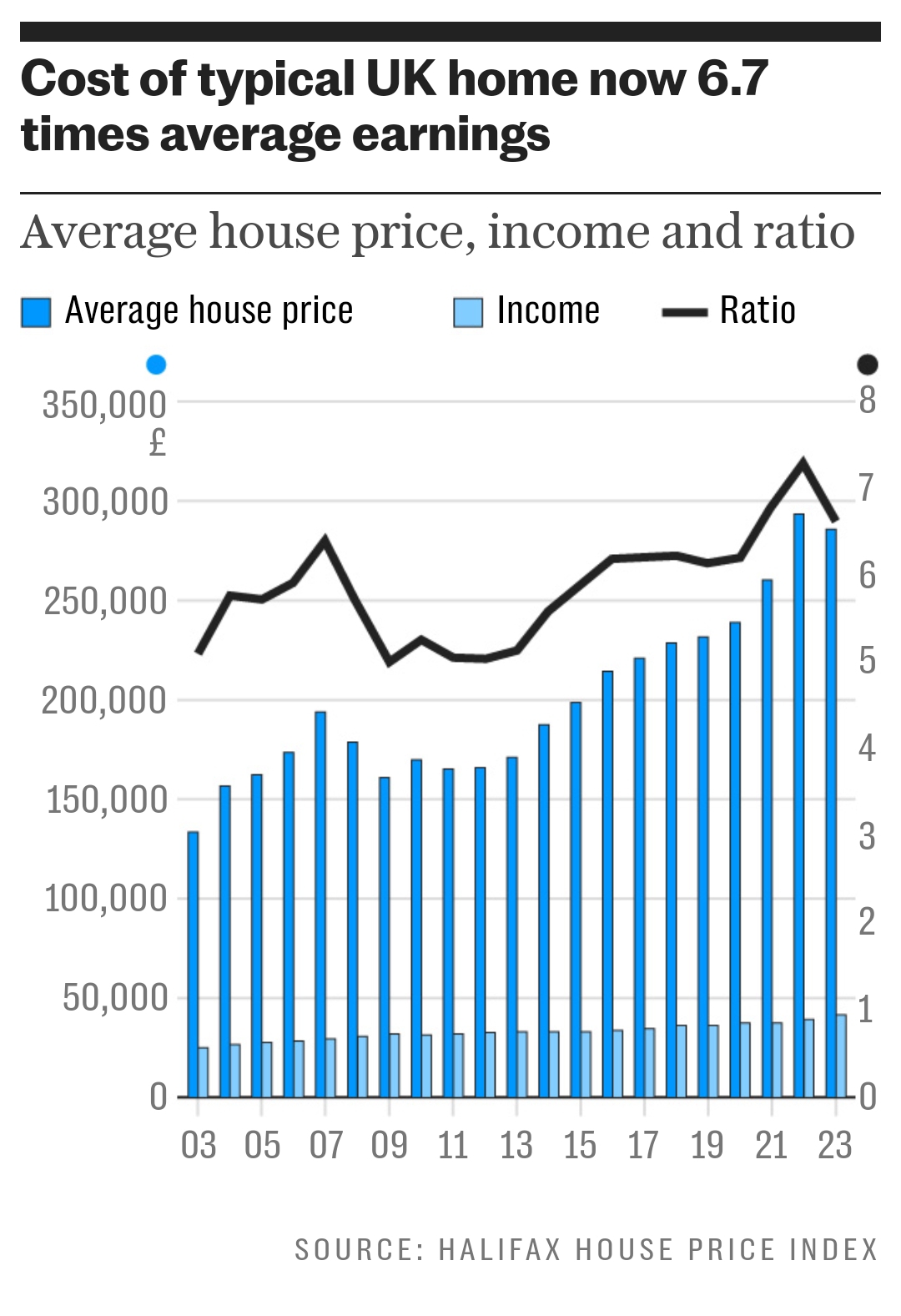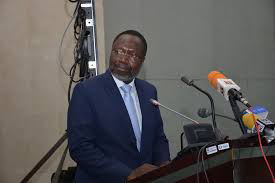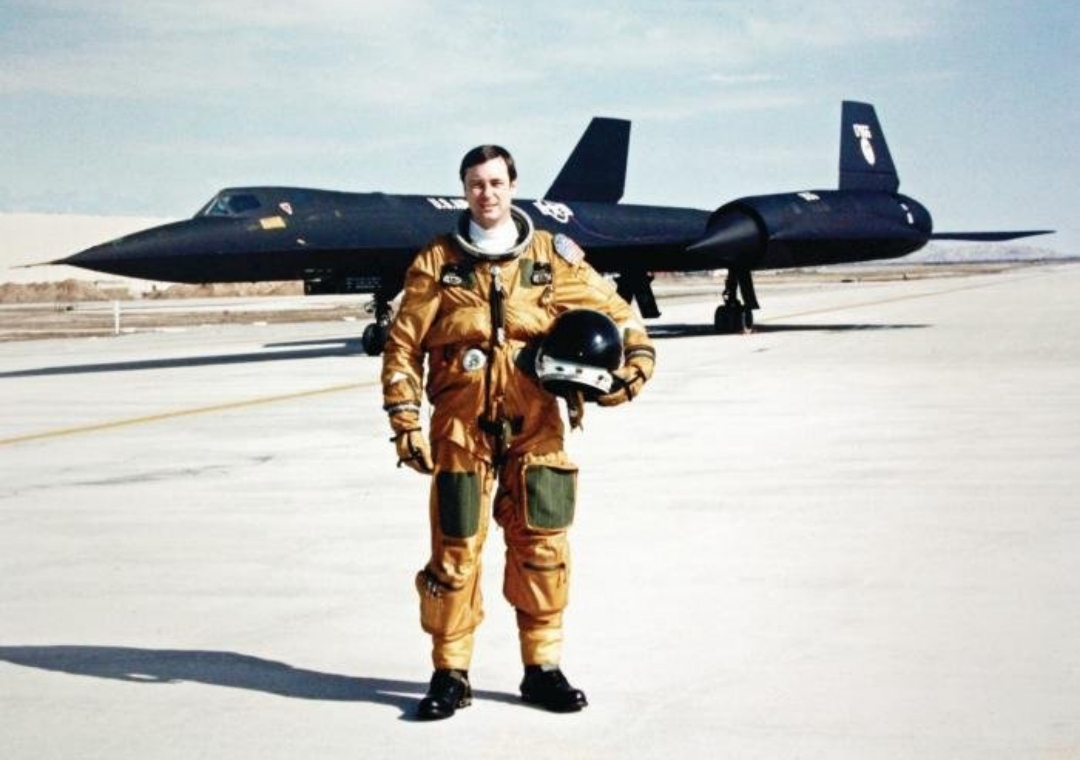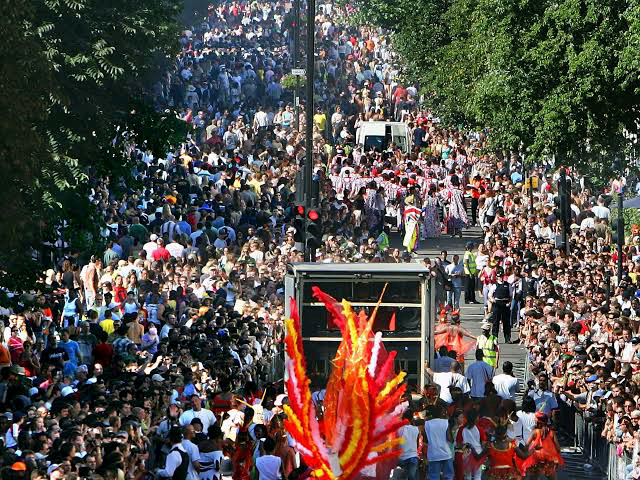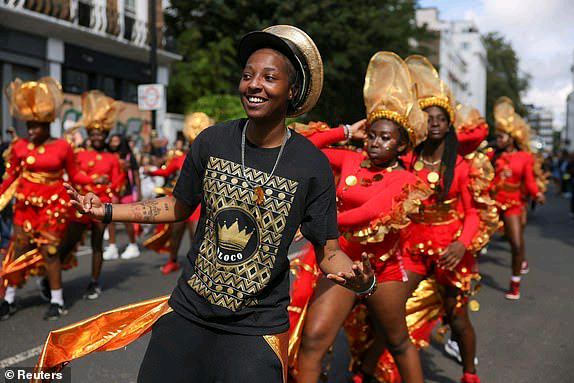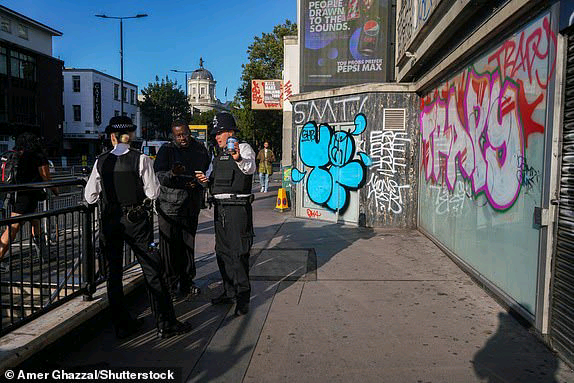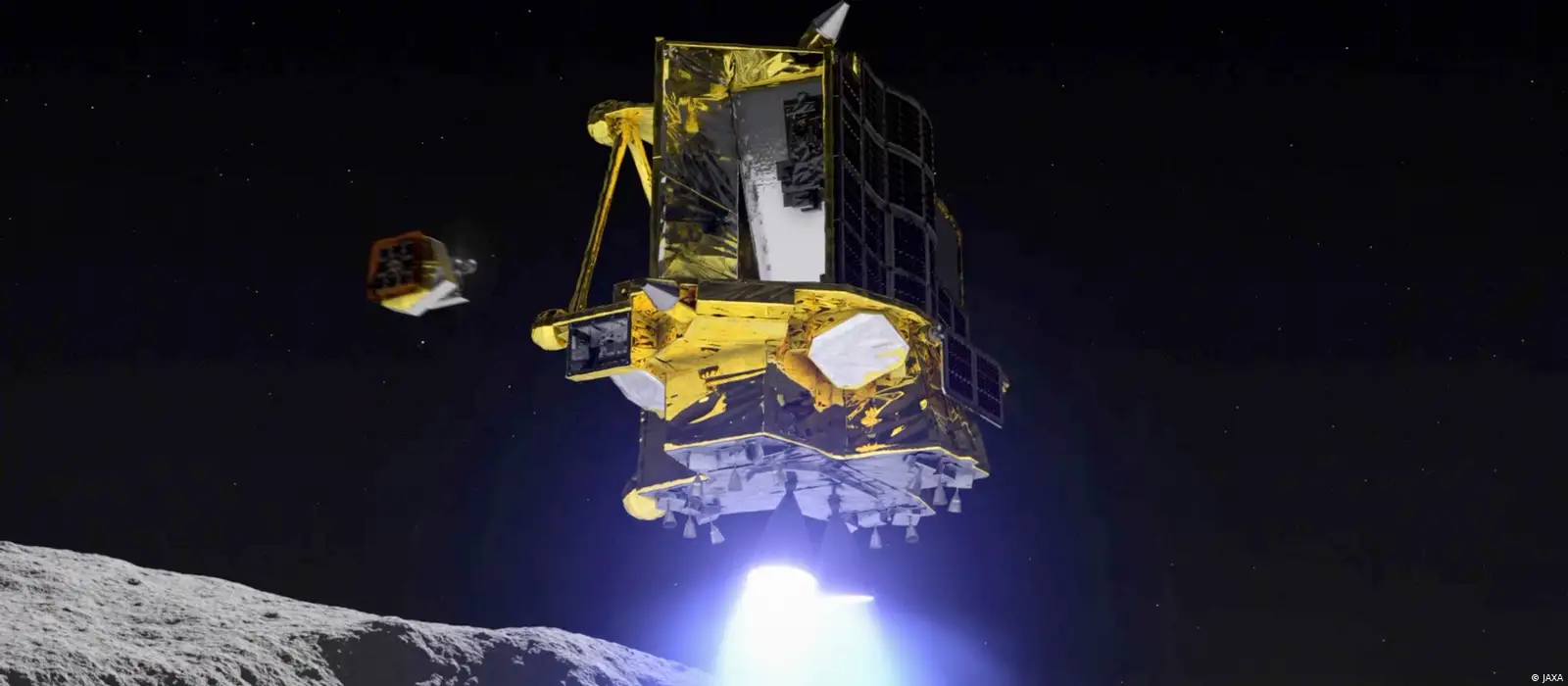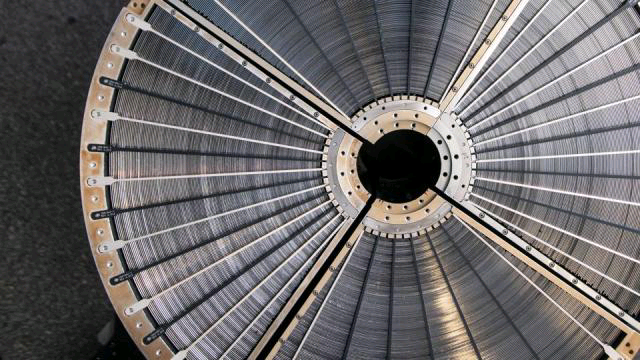The Ultra Low Emission Zone (Ulez) has been expanded to include all of London’s boroughs.
Drivers must pay a charge of £12.50 per day to drive a non-compliant vehicle anywhere in the zone under the controversial clean-air plan.
A £160m scrappage scheme is still available for all Londoners to claim from, with a maximum of £2,000 being offered per vehicle.
Small businesses, sole traders and charities are included in the scheme.

To monitor the new zone, Transport for London (TfL) said it would install 2,750 cameras across outer London. As of mid-August 1,900 cameras had been erected, almost 70% of the total number planned.
Meanwhile, the Met Police has received hundreds of reports of criminal damage being done to cameras, with more than 300 of them either vandalised or stolen.
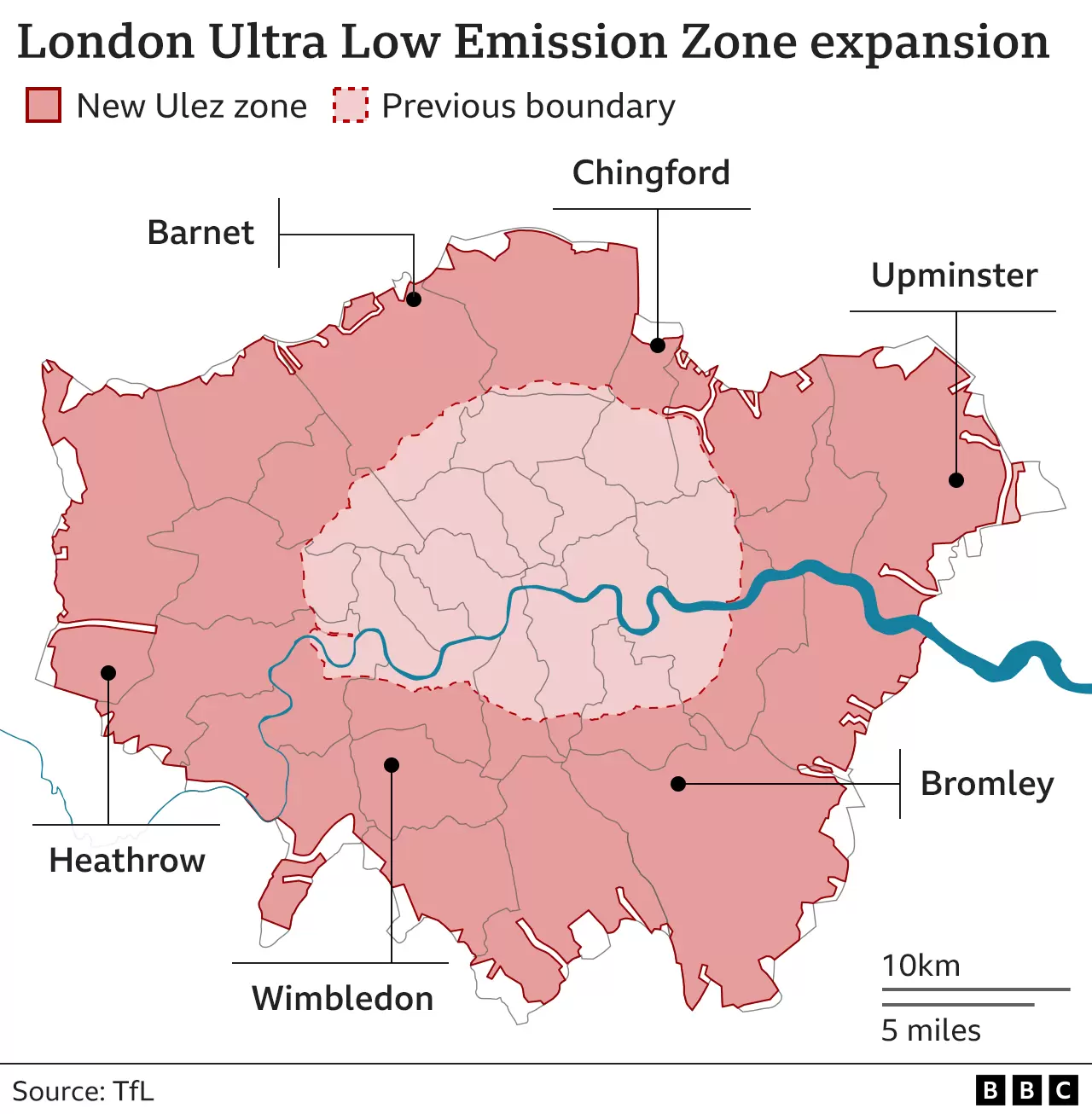
Nevertheless, TfL’s director of transport strategy and policy, Christina Calderato, insisted the transport authority was “ready” for the expansion.
Ms Calderato also recommended people signed-up to an Auto Pay account on TfL’s website, where drivers are automatically charged so they “will never receive a PCN (penalty charge notice)”.
Those driving in the zone in a non-compliant car must pay the £12.50 charge online or by phone up to three days after they travelled.
The penalty for not paying is set at £180, which goes down to £90 if it is paid within 14 days.

According to Sadiq Khan: “We now have a really effective policy to reduce air pollution.
“It’s shown to be effective in central London and inner London, but I think clean air is a right not a privilege.”
The mayor said more than 15,000 applications had been made to the Ulez scrappage scheme in the past week.
Since the announcement was made about the expansion in 2022, it has been met with opposition by some politicians and motorists.
Five Conservative councils took the policy to the High Court but lost after the judge ruled the mayor’s expansion decision “was within his powers”.
Prime Minister Rishi Sunak said the expanded scheme was going to “hit working families”.
“I don’t think that’s the right priority, I don’t think that’s the right thing to do and I wish they hadn’t done it,” he added.
Members of Mr Khan’s own party were also hesitant to support the policy after Labour lost the by-election in Boris Johnson’s former seat of Uxbridge and Ruislip.
At the time, Labour leader Keir Starmer refused to say whether he backed the Ulez expansion, and told the BBC the mayor should “reflect” on the policy.
The Conservative mayoral candidate Susan Hall has pledged to reverse the Ulez expansion if she is elected mayor in May 2024.
The BBC said it has assessed some of the claims made about the policy to better understand its impact.
Culled from BBC


